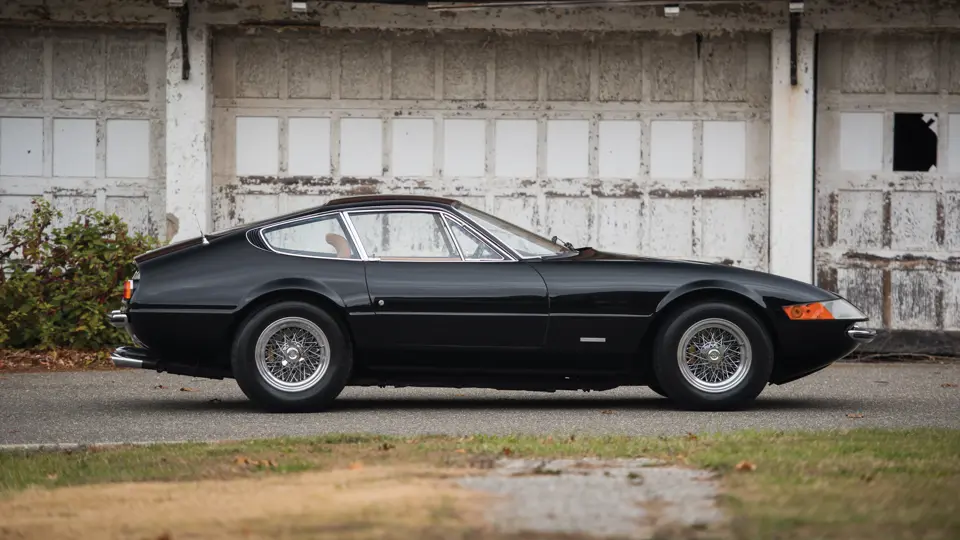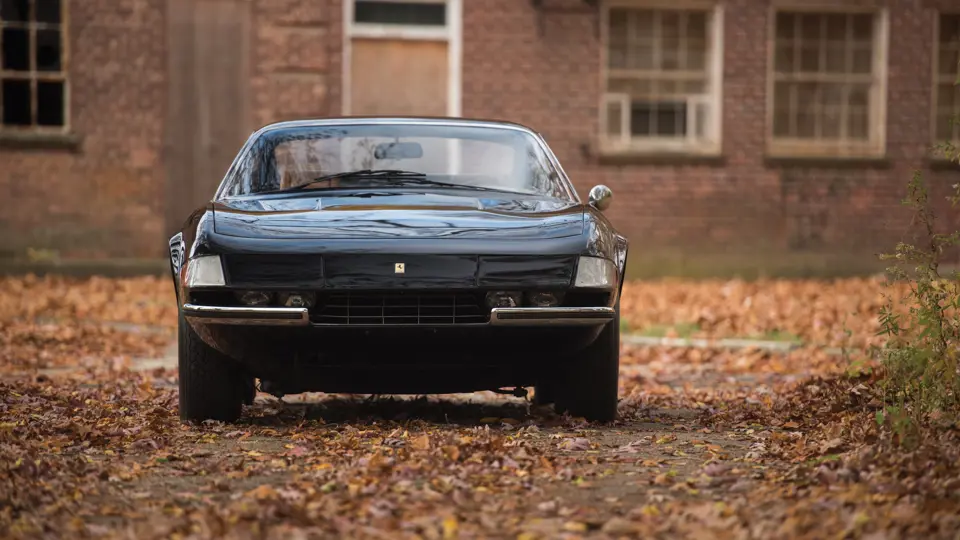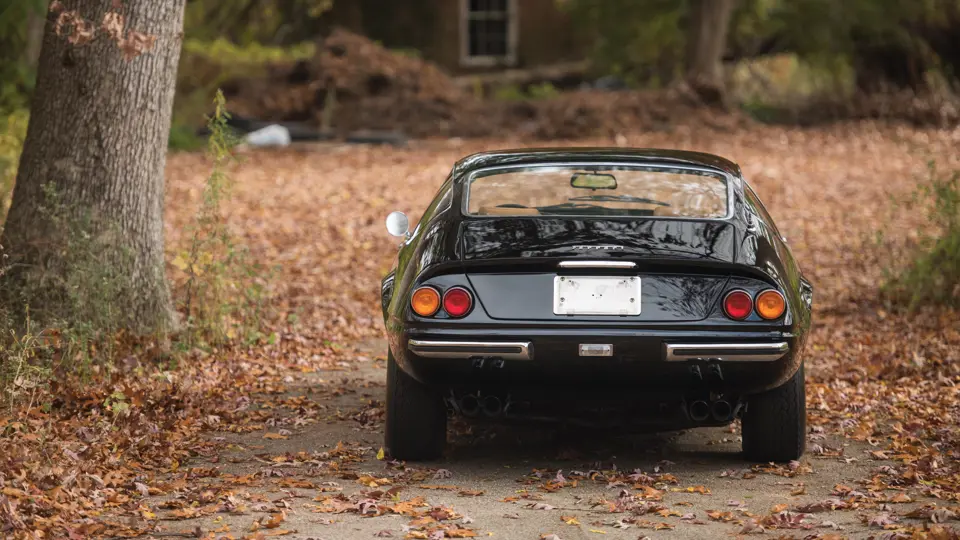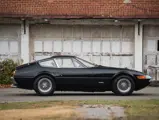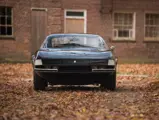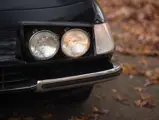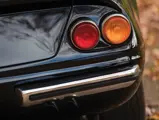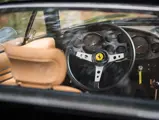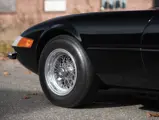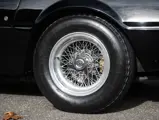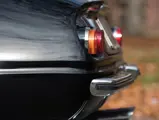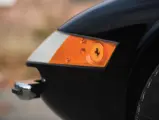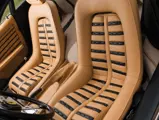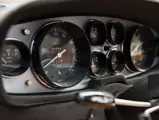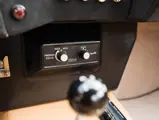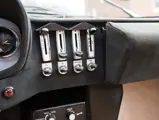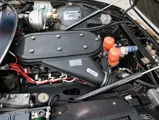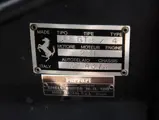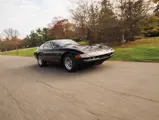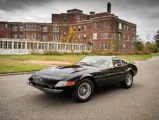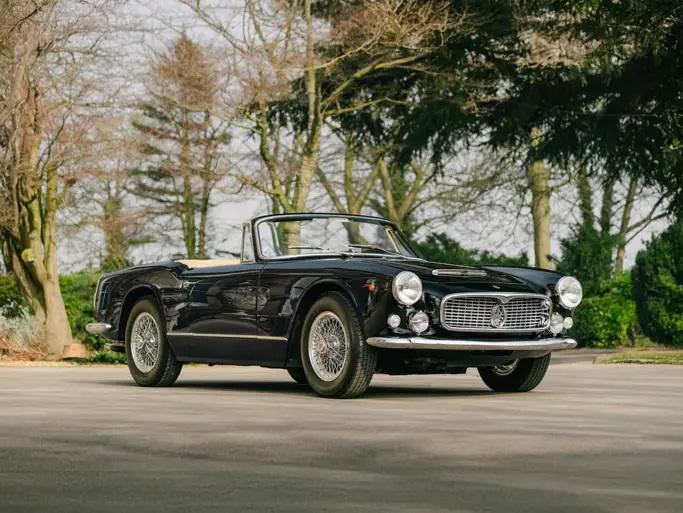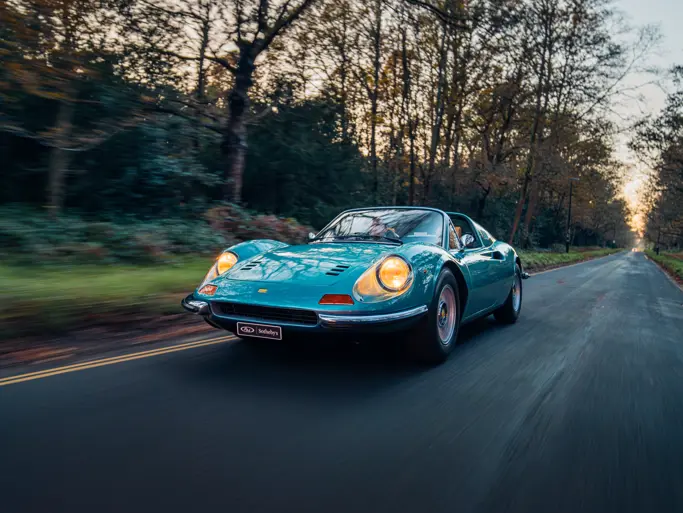352 bhp, 4,390 cc DOHC V-12 engine with six Weber 40 DCN21/A carburetors, five-speed manual transaxle, four-wheel upper and lower wishbone coil-spring independent suspension, and four-wheel hydraulic disc brakes. Wheelbase: 94.5 in.
The 1968 Paris Salon ushered in a new era of design and cutting-edge performance for sports cars, as it was the event where Ferrari unveiled the new 365 GTB/4 Berlinetta. Everything about the Daytona was cutting edge, and it signaled to the world, and especially to Lamborghini, that Ferrari was here to stay. While the Lamborghini Miura P400 pushed the limits of performance through utilizing a mid-engined layout, Ferrari was persistent that their two-seater front-engined V-12 formula was capable of more extreme performance, and the 365 GTB/4 proved it.
Nicknamed “Daytona” by the press and other automotive enthusiasts in celebration of Ferrari’s incredible 1-2-3 finish at the 1967 24 Hours of Daytona, the Daytona certainly did not disappoint in terms of performance. Capable of producing 352 horsepower at 7,500 rpm from its magnificent V-12 engine, the Daytona could spring to 60 mph from a standstill in 5.4 seconds. Top speed was an incredible 174 mph, making the Daytona the world’s fastest production car, with a top speed three mph faster than the Miura P400.
The Daytona was a dramatic departure in terms of styling compared to the 275 GTB. Instead of voluptuous round fenders and proportions, the Daytona was noticeably more angular and aggressive, utilizing flip-up headlights. Nevertheless, it was instantly recognizable as a Ferrari and helped to push the brand’s design language forward. Design elements first seen on the Daytona carried through to a number of models for many years.
This particular Daytona was completed by the factory on August 31, 1972, and finished in Rosso Ferrari (20-R-187) over a Beige (VM 3234) leather interior, according to Ferrari historian Marcel Massini. It was delivered to William Harrah’s Modern Classic Motors in Reno, Nevada, the following month and later sent to Steve Griswold & Co. in Berkley, California. In October of 1972, Griswold & Co. sold the car to its first owner, George C. Dyer Sr., an investment banker living in Hillsborough, California. It is also noted that, at the same time, Dyer also owned a Ferrari 250 GTO (chassis number 4219 GT).
Dyer held tight to the Daytona until 1981 when he sold the car to its second owner, Dennis R.J. Glavis of Santa Cruz. Glavis retained the car for the following 13 years and advertised it for sale in the Ferrari Market Letter in October of 1994, commenting that the car had 28,604 original miles and one previous registered owner. By 1995, the car was sold to Japan, where it was repainted black and fitted with a red leather interior. Chassis number 15437 returned to the United States in 2005 and has remained here ever since.
Recently, the car’s engine was rebuilt by noted Ferrari specialist Patrick Ottis, to the expected high levels of performance and correctness of components. Following the restoration of the engine, the Daytona’s interior was upholstered in sumptuous tan leather (with complementary black seat inserts), and it received a full service and detailing by Autosport Designs in Huntington Station, New York. Furthermore, the car is offered with a correct set of owner’s manuals and a complete tool roll. It is also noteworthy that its U.S. marker lights were deleted in the past in order to give this Daytona a cleaner and more streamlined look, as per original European specification.
As the final two-seater, front-engined V-12 Ferrari until the introduction of the 550 Maranello, the 365 GTB/4 Daytona represents the end of an era and holds an important place in Ferrari history. Featuring a rebuilt engine, recent service, and installation of a fresh interior, this stunning Black with Tan Daytona would surely be ready for anything its next owner desires, be it concours events or high-speed grand touring, just as Enzo would have intended.




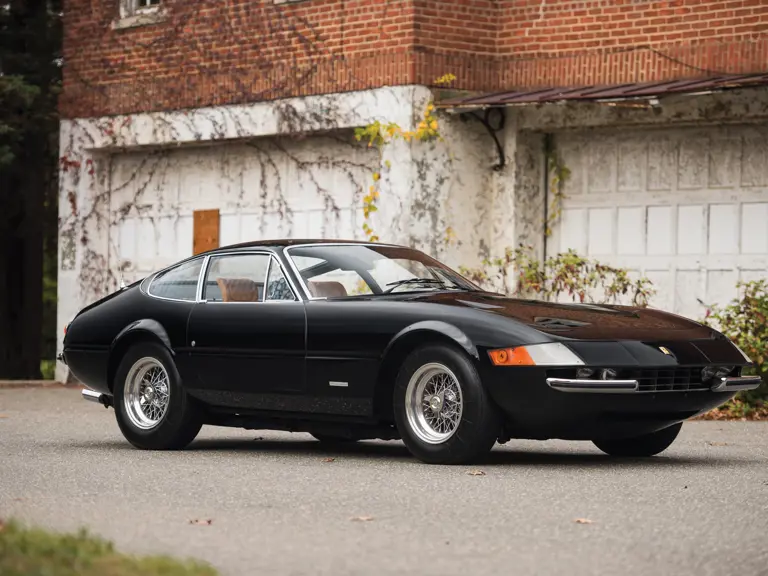
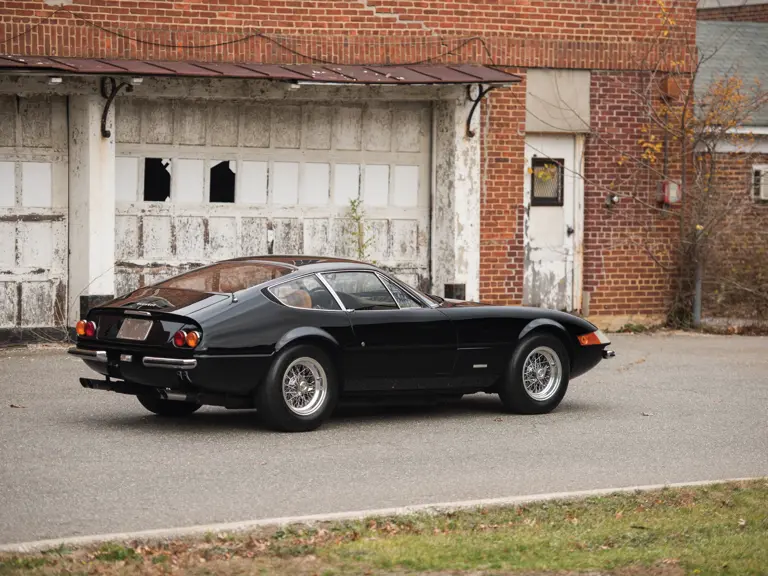
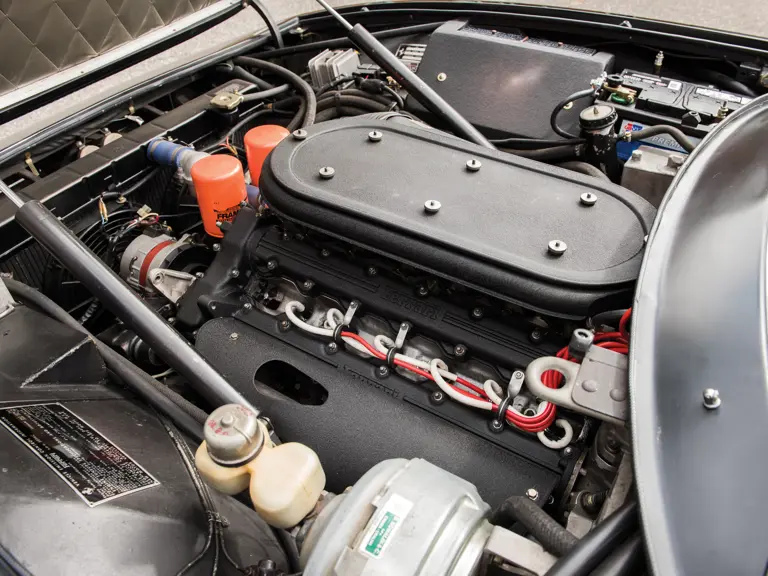


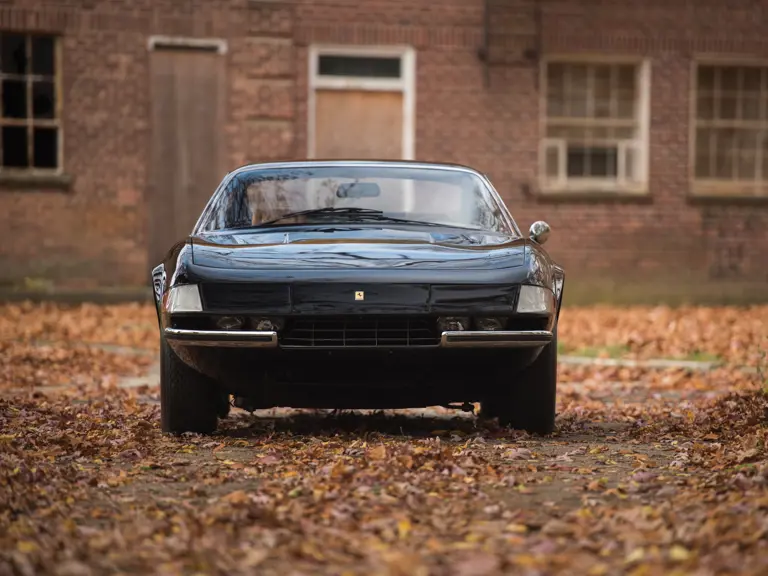
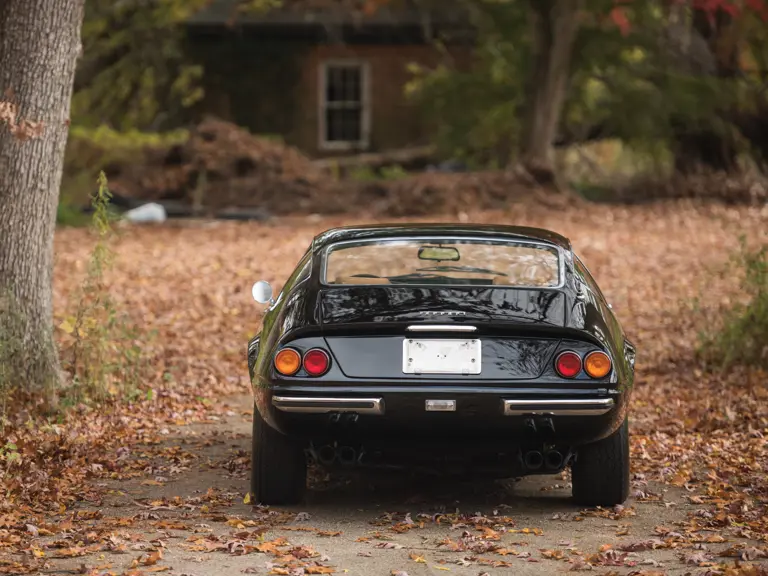
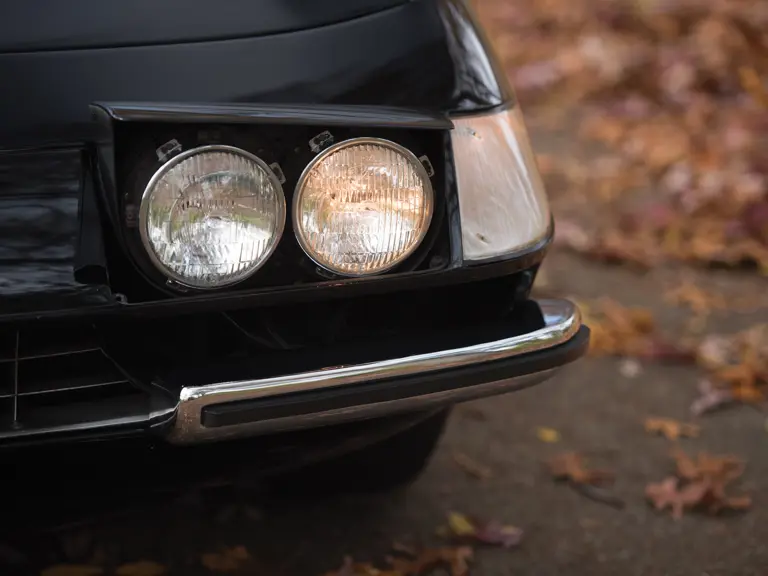
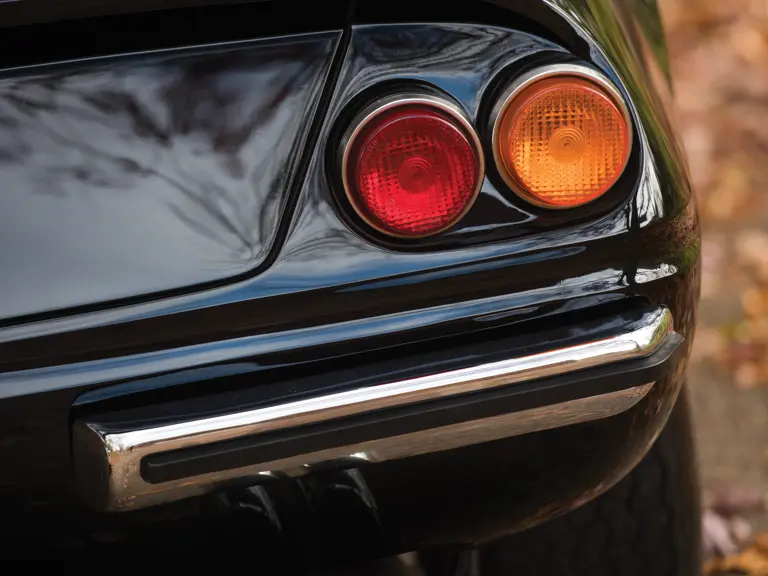
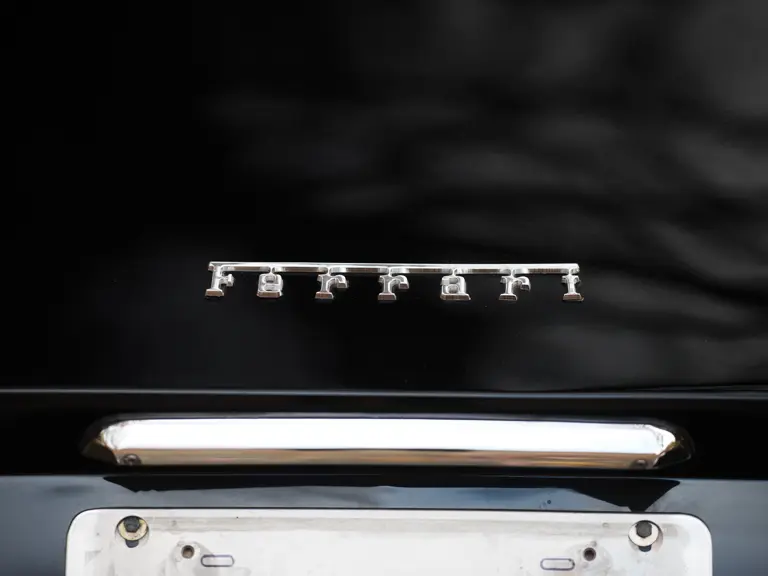
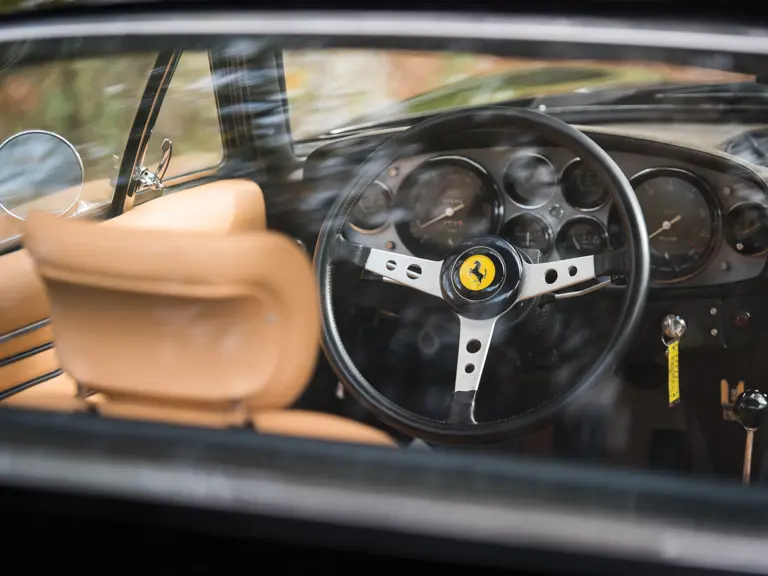

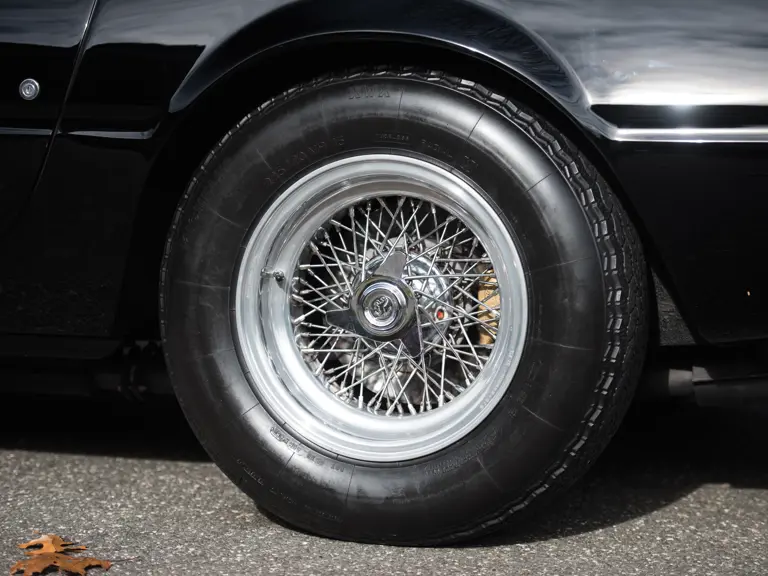
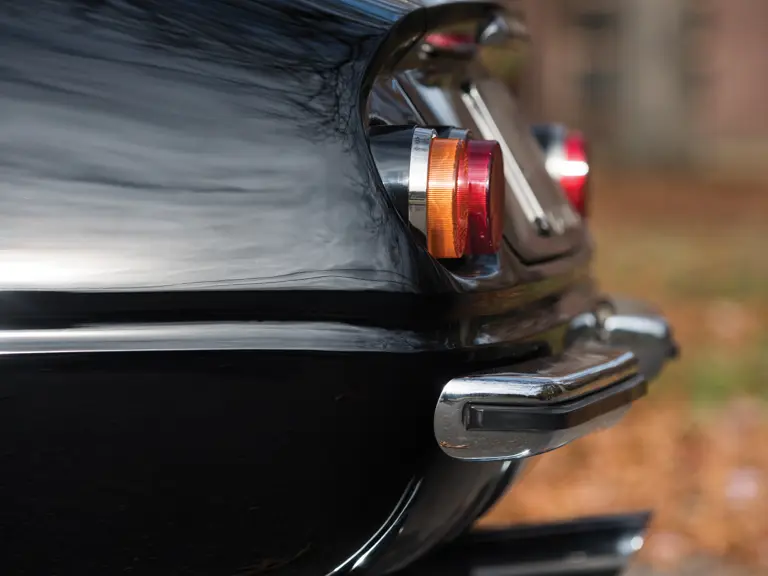
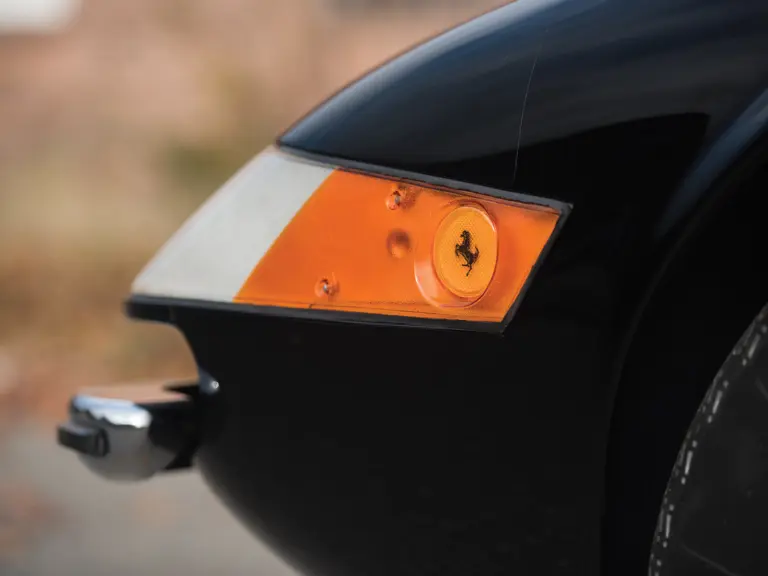
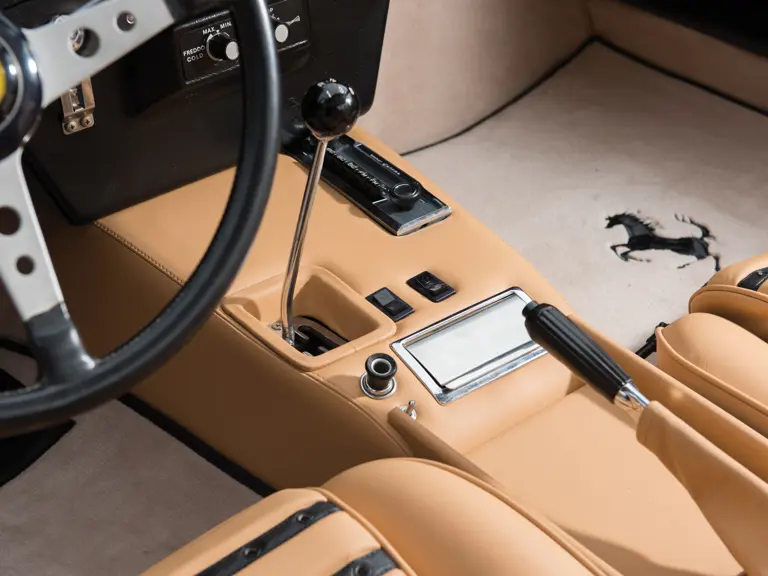

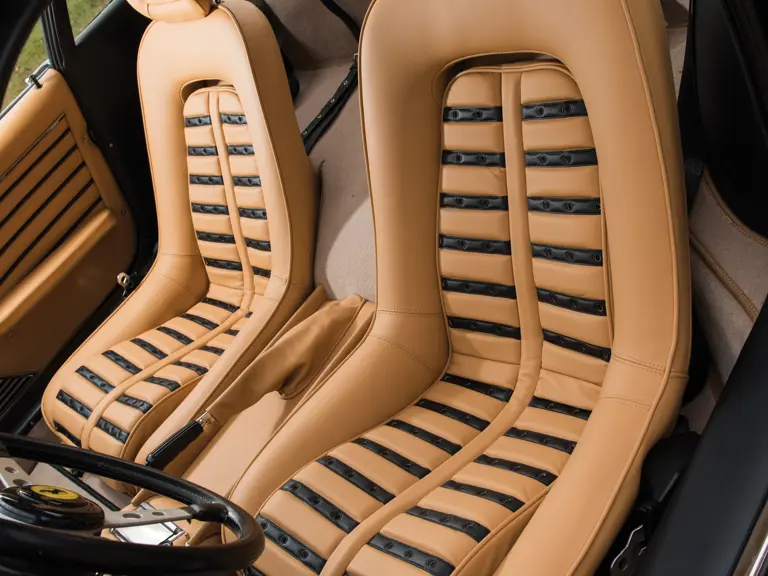
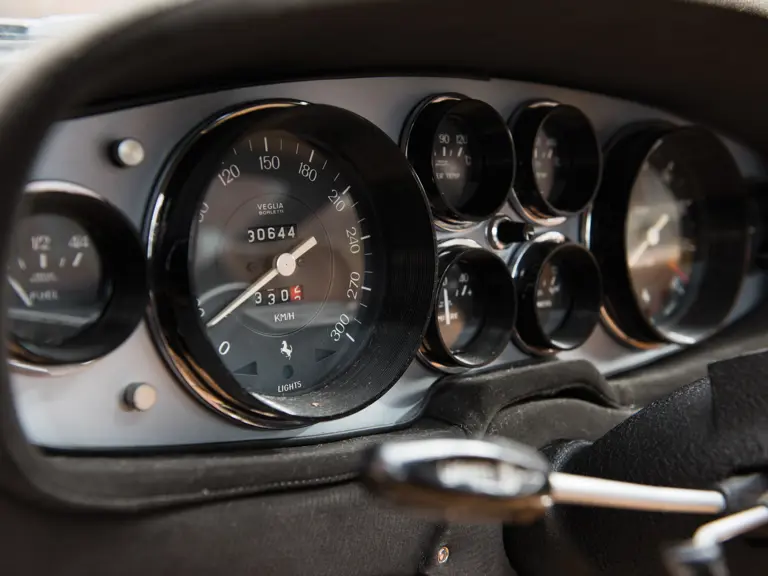
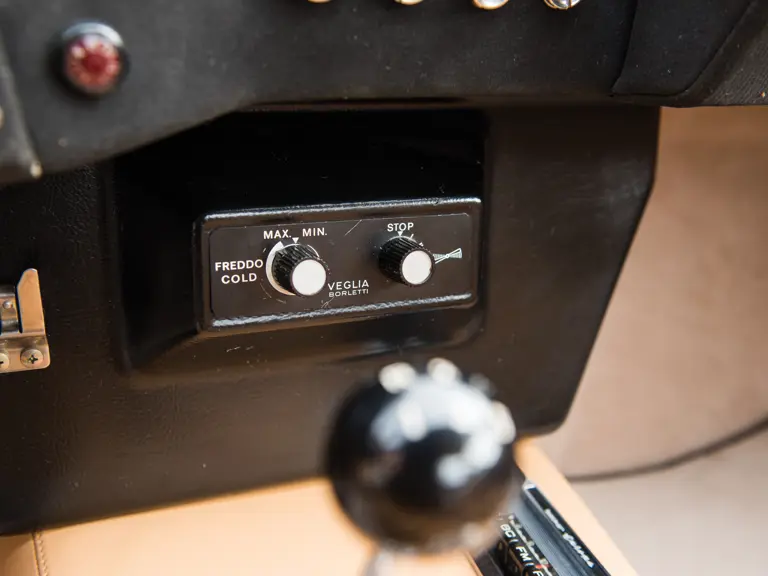
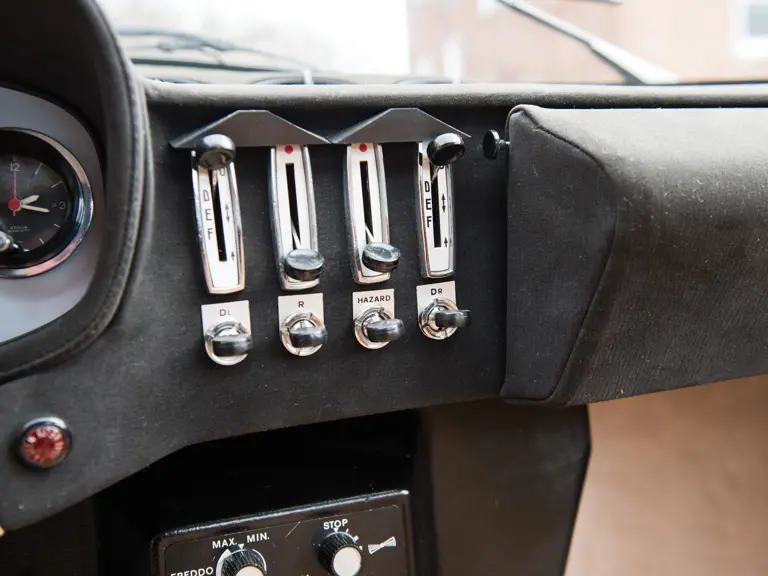
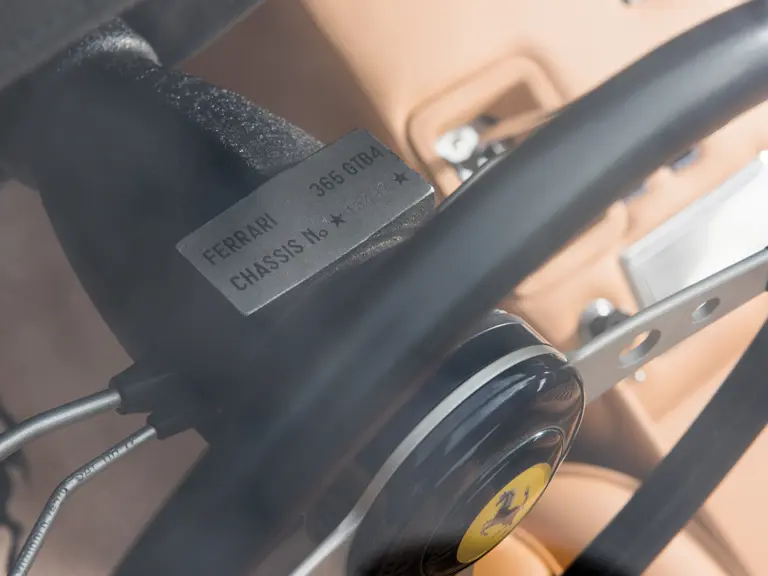
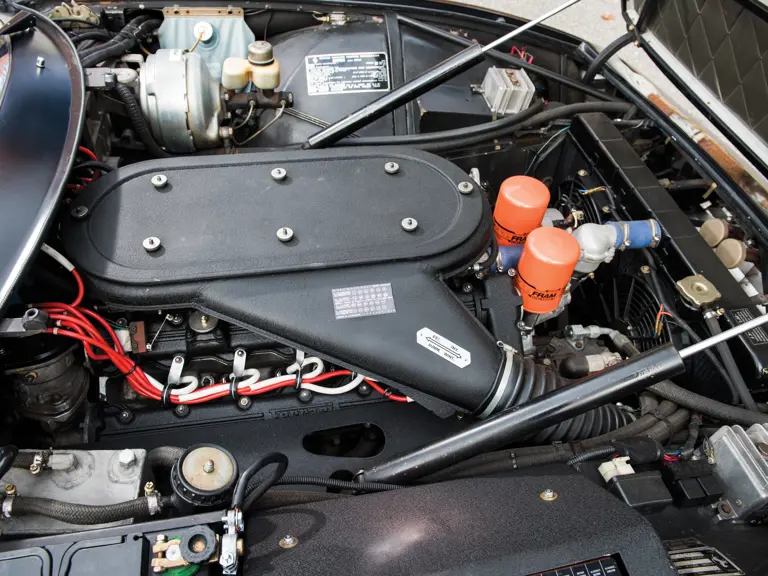
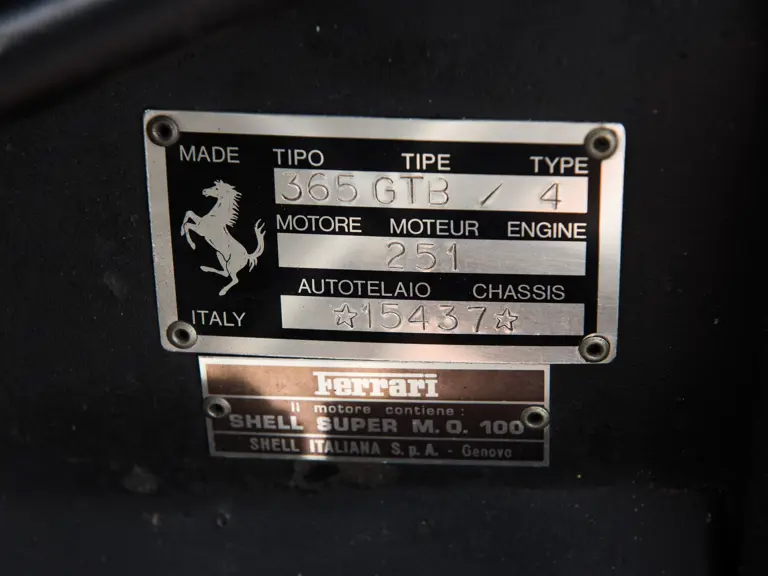
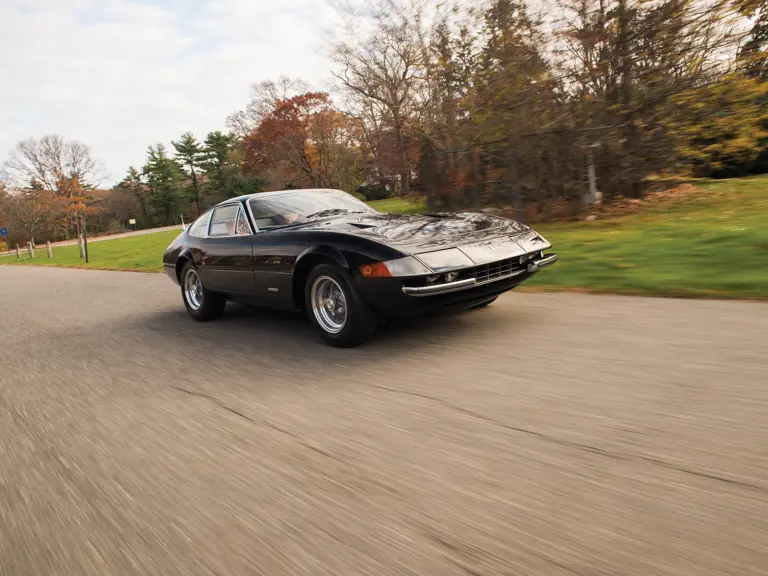
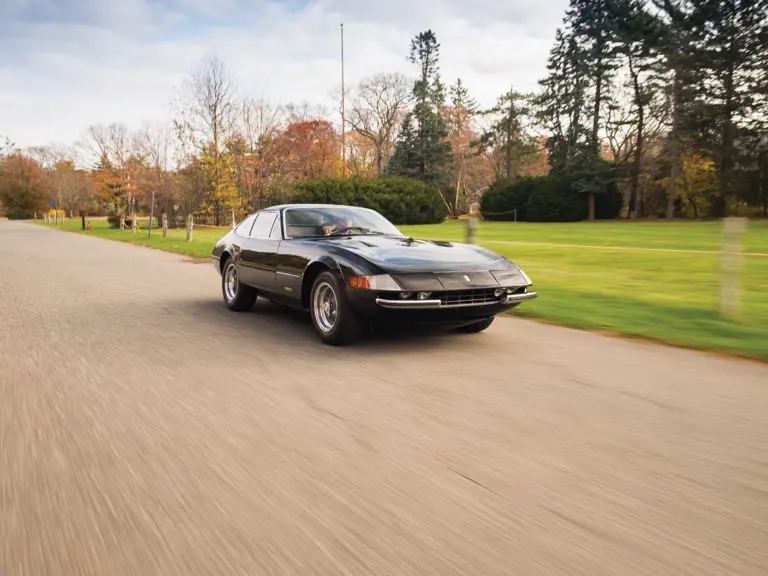
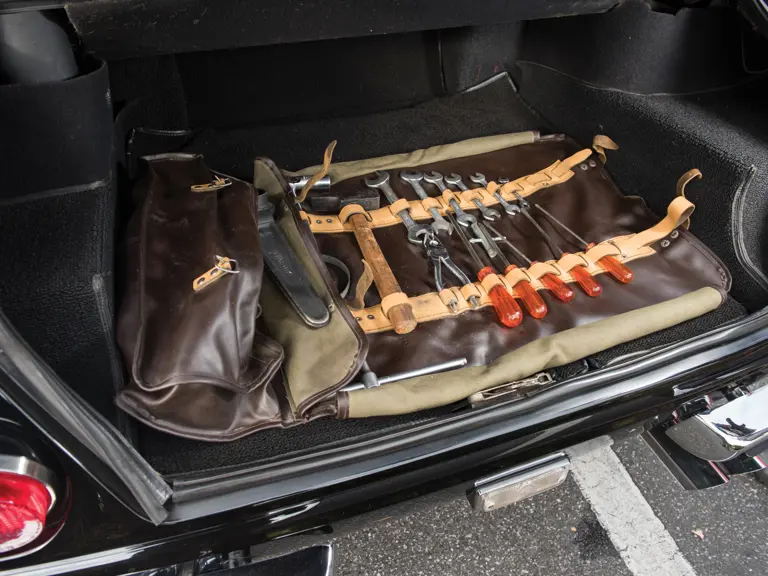
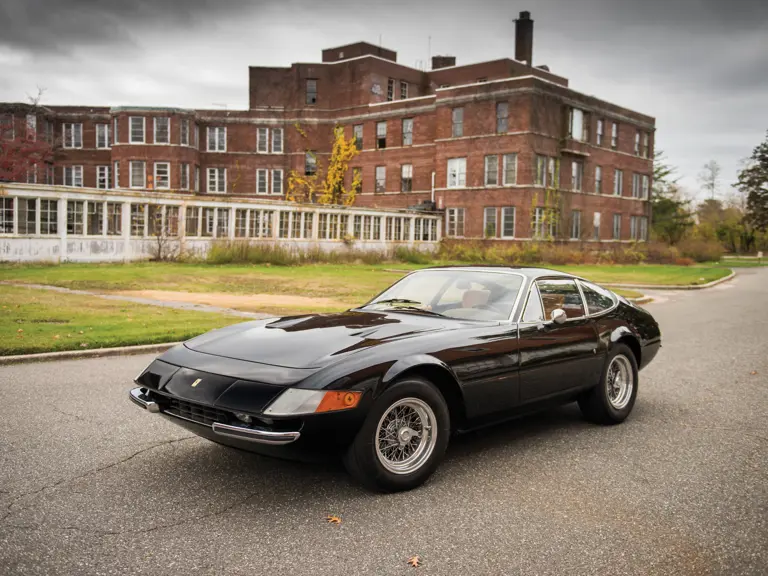
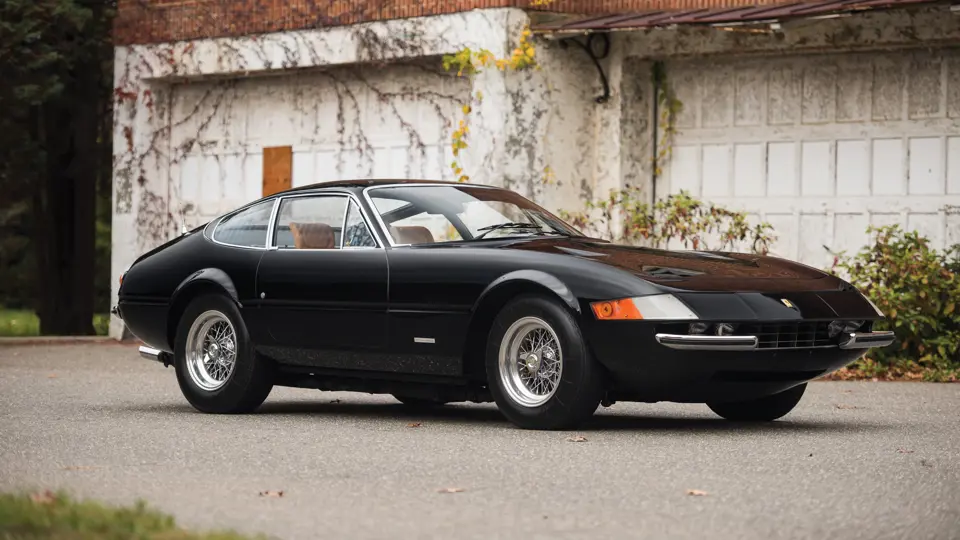
 | Phoenix, Arizona
| Phoenix, Arizona
